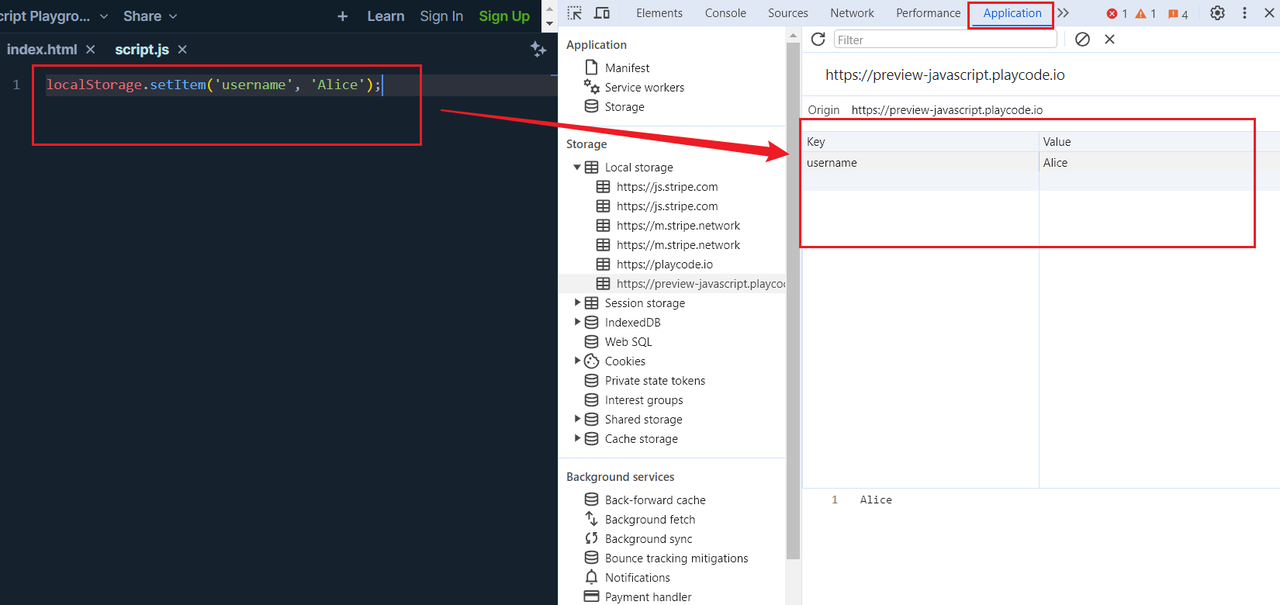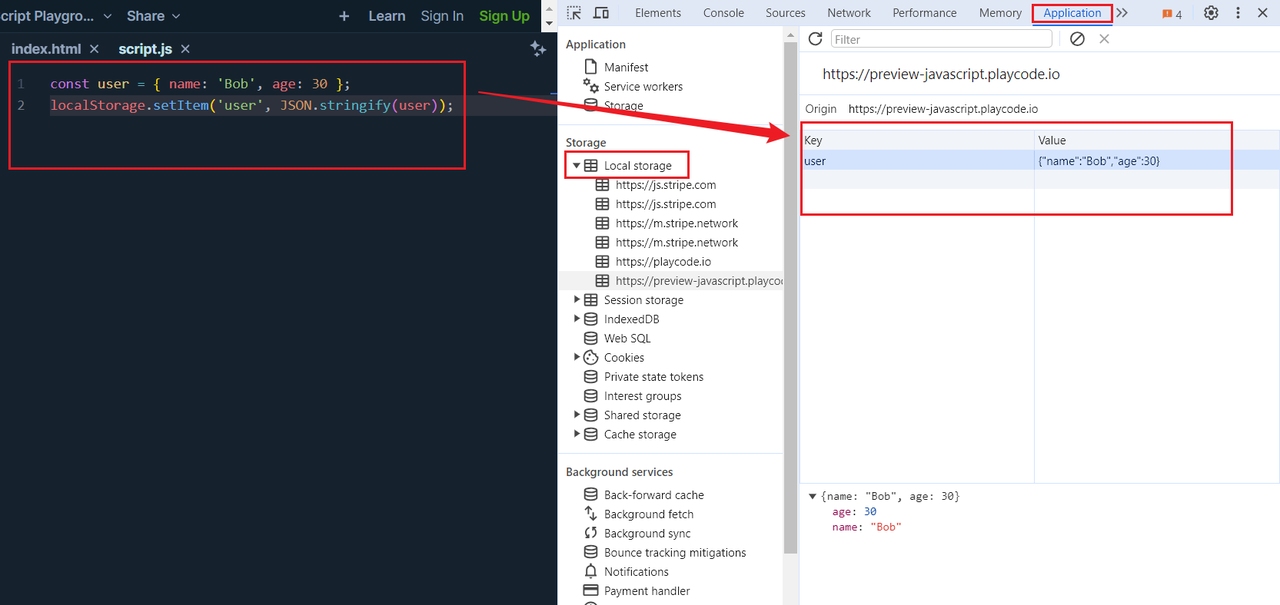How to store objects in localstorage in JavaScript?
This article describes how to use local storage (localStorage) in JavaScript to store objects. You can utilize the `localStorage.setItem()` method for local storage, enabling convenient data storage in the user's browser and providing a better user experience.
How to store objects locally in JavaScript for later use? Yes, local storage (localStorage) is our good helper. This article will introduce you to how to use the local storage function of JavaScript to store objects, so that your data can "survive" longer in the browser.
1. Introduce local storage (localStorage)
Local storage is simply a storage mechanism provided by the browser that allows data to remain on the user's computer even after the browser is closed. This means you can store user preferences, shopping cart content, or other data that needs to remain unchanged when the user visits your website multiple times.
2. Local storage objects in JavaScript
In JavaScript, we use an object called localStorage to handle local storage. This object allows us to store Attribute - Value Pair and is valid for most data types.
3. Store simple data to local storage
First, let's see how to store simple data types (such as string, numbers, etc.) in local storage. Suppose we want to store a username, which is written like this:
localStorage.setItem('username', 'Alice');
4. Store objects to local storage
If we want to store an object, we need to first convert the object to string form, this process is called serialization. We can use the JSON.stringify () method to do this:
const user = { name: 'Bob', age: 30 };
localStorage.setItem('user', JSON.stringify(user));
5. Handling storage limitations and errors
Note that local storage has a capacity limit, usually around 5MB. When you try to store data that exceeds the limit, an exception will be thrown. To avoid this situation, it is best to check the size of the data before storage.
6. Safety considerations
Although local storage is done in the user's browser, sensitive data such as passwords or personal information should also be handled with caution. It is best to avoid storing this data locally or encrypting it before storage.
7. Clear and manage storage
If you need to clear data from local storage, you can use the removeItem () method:
localStorage.removeItem('user');Summary
This article describes how to use local storage (localStorage) in JavaScript to store objects. You can use the localStorage.setItem () method for local storage, which can easily save data in the user's browser and provide a better User Experience.
Reference link:
- Mozilla Developer Documentation: LocalStorage

Learn more:
